Samuel H. Church, PhD
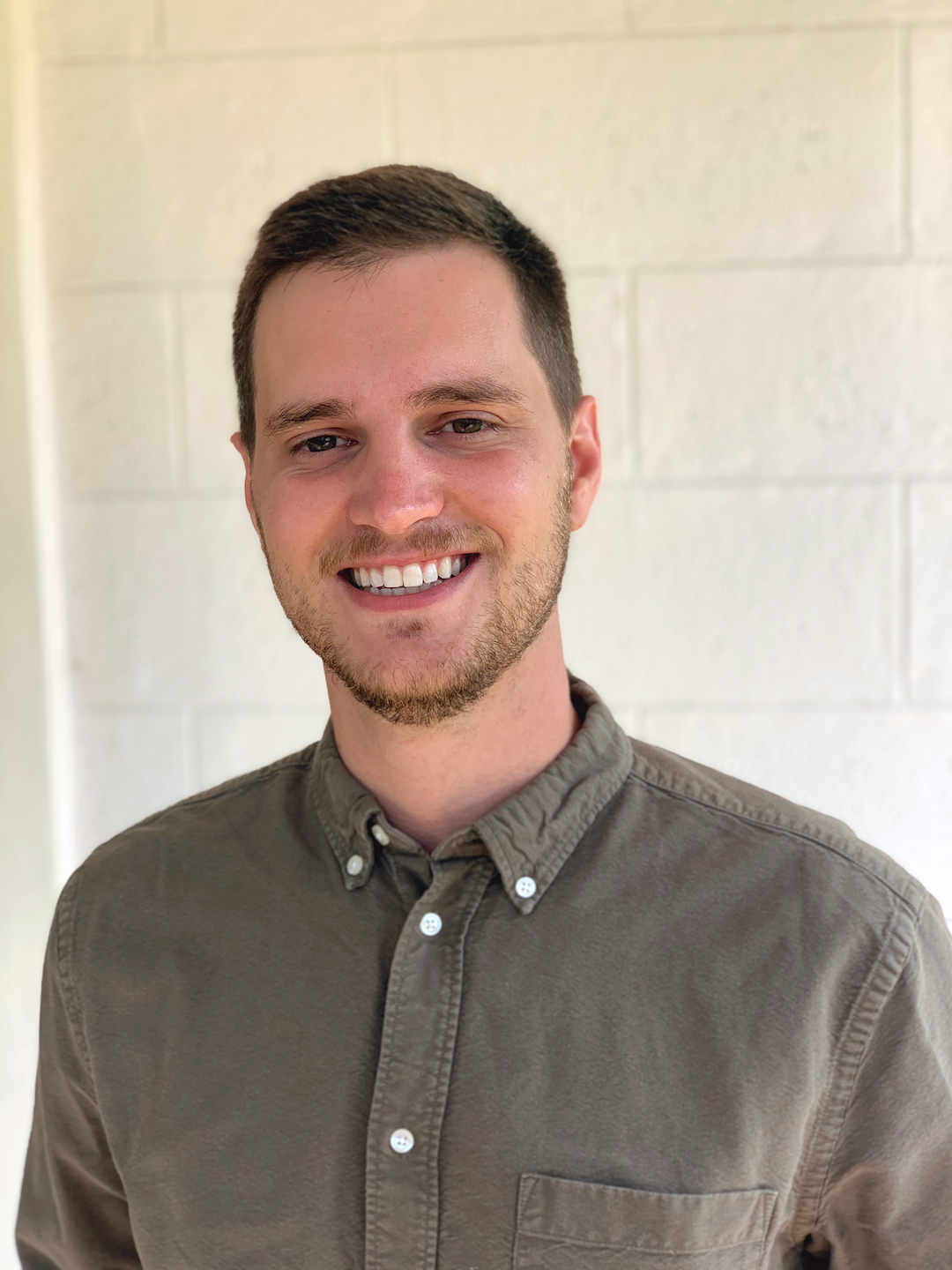
shchurch @ github
Associate Research Scientist Yale University
my CV as of Aug, 2024
![]()
Research
I am an evolutionary biologist; I study the relationships between organisms to understand the origins of biodiversity. My research uses field work, lab work, and computer science to explore the evolutionary tree of life.
Big questions in my work are:
- What do phylogenetic trees of species relationships reveal about patterns in trait evolution?
- How much variation do we expect to observe over evolutionary time? What is our null hypothesis?
- Can development constrain, augment, or otherwise modulate the evolutionary process?
My research centers on invertebrate animals and on the curation, comparison, and visualization of large trait datsets. As part of this research, I write software for gathering and comparing high-dimensional data across species.
Sailing siphonophore jellyfish in the genus Physalia
Physalia jellyfish, known as Portuguese man o’ war or bluebottles, are beautiful, dangerous, and confusing animals found at the ocean surface around the globe.
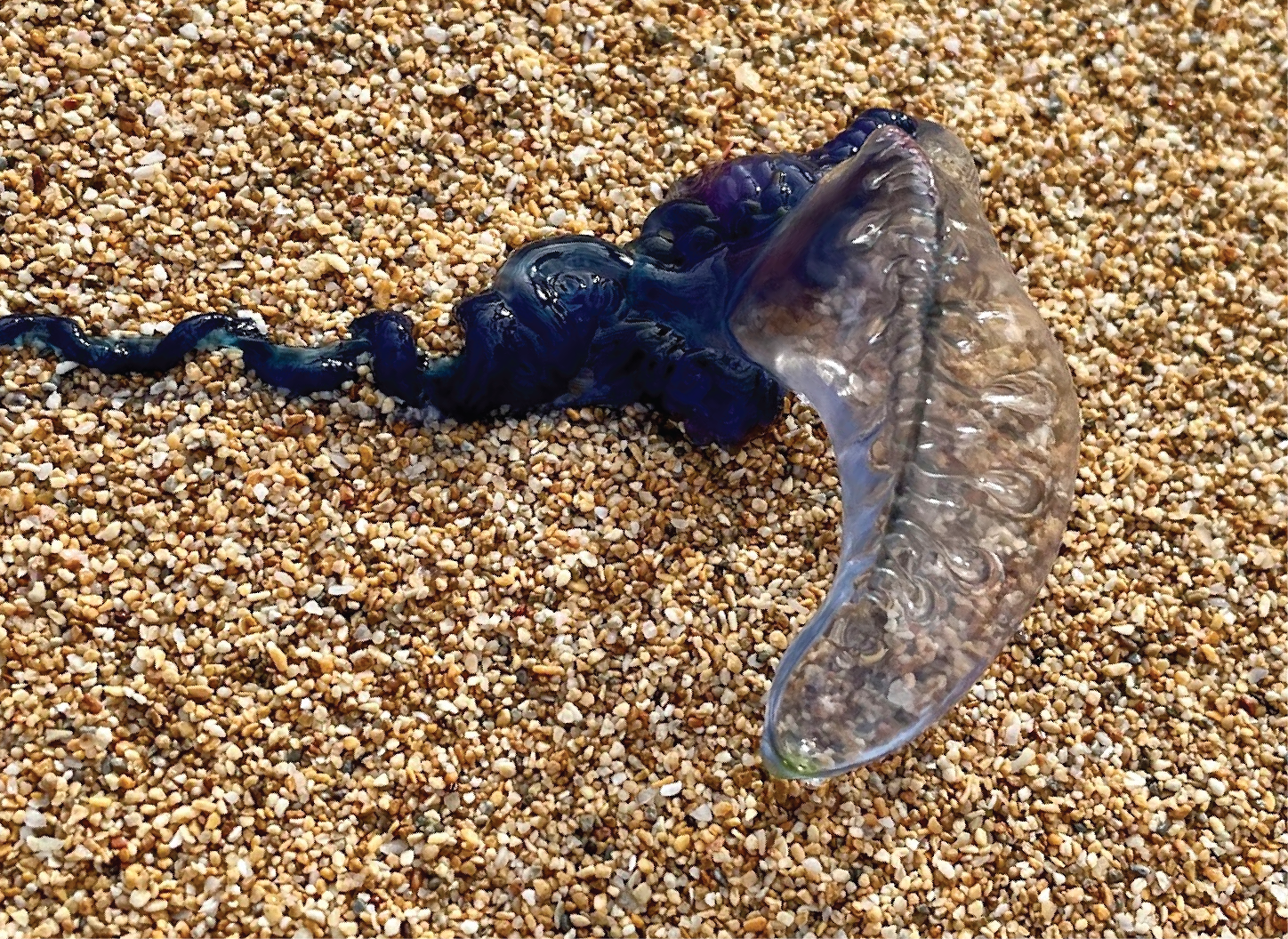 Hawaiian Physalia on the beach
Hawaiian Physalia on the beach
Sailors, swimmers, and scientists have encountered these animals for centuries, and have learned a few important things: They are colonial, meaning they grow by adding more bodies via asexual budding. They have a muscular sail they use to travel. And they have a powerful, sometimes fatal, sting.
But there is much more we still don’t know, including how many species there are, when and where they reproduce, and how far they actually migrate. I led a global initiative to collect Physalia from the world’s oceans. We used genome sequencing to estimate population structure, and to determine if there may be cryptic diversity.
Hawaiian Drosophila: model clade for evo-devo
Millions of years ago, Drosophila fruit flies found their way to the Hawaiian islands. Now there are many hundreds of species found on Hawaii and nowhere else in the world.
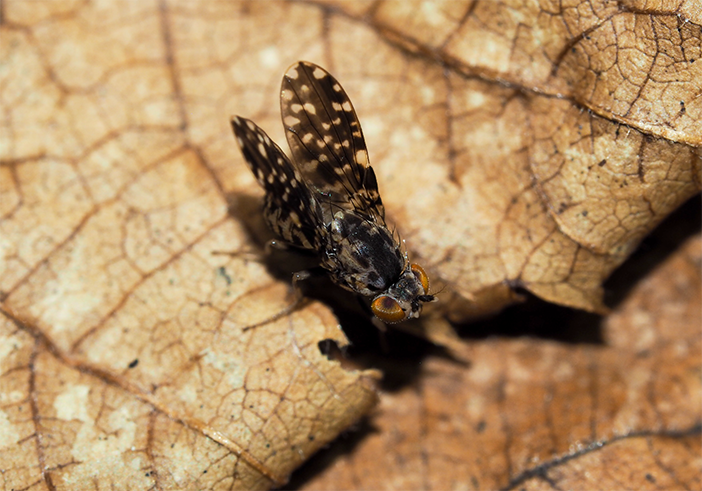 Adult Hawaiian fly Drosophila picticornis
Adult Hawaiian fly Drosophila picticornis
Given their close relationship to model species like Drosophila melanogaster, this group is primed to be a model clade for evo-devo. In my research, I combine next-gen sequencing and comparative methods to uncover their evolutionary history.
In my PhD work, I sequenced gene expression data across tissues from a dozen Hawaiian species. This work, demonstrates how comparative methods can be used to detect evolutionary changes in gene expression across organs and species.
Evolutionary inference for big developmental data
I develop tools for evolutionary analysis of gene expression data from single-cell sequencing and other RNA-seq technologies. This work combines mathematics, bioinformatics, and developmental and evolutionary biology to build a new analytical framework.
Throughout my research, I advocate for robust null hypotheses that describe how much variation we expect to observe when we compare across species.
The objective of this work is to infer and interpret the cellular tree of life. This tree unites species phylogenies, with population maps, geneologies of individuals, and down to cell lineages within a single individual.
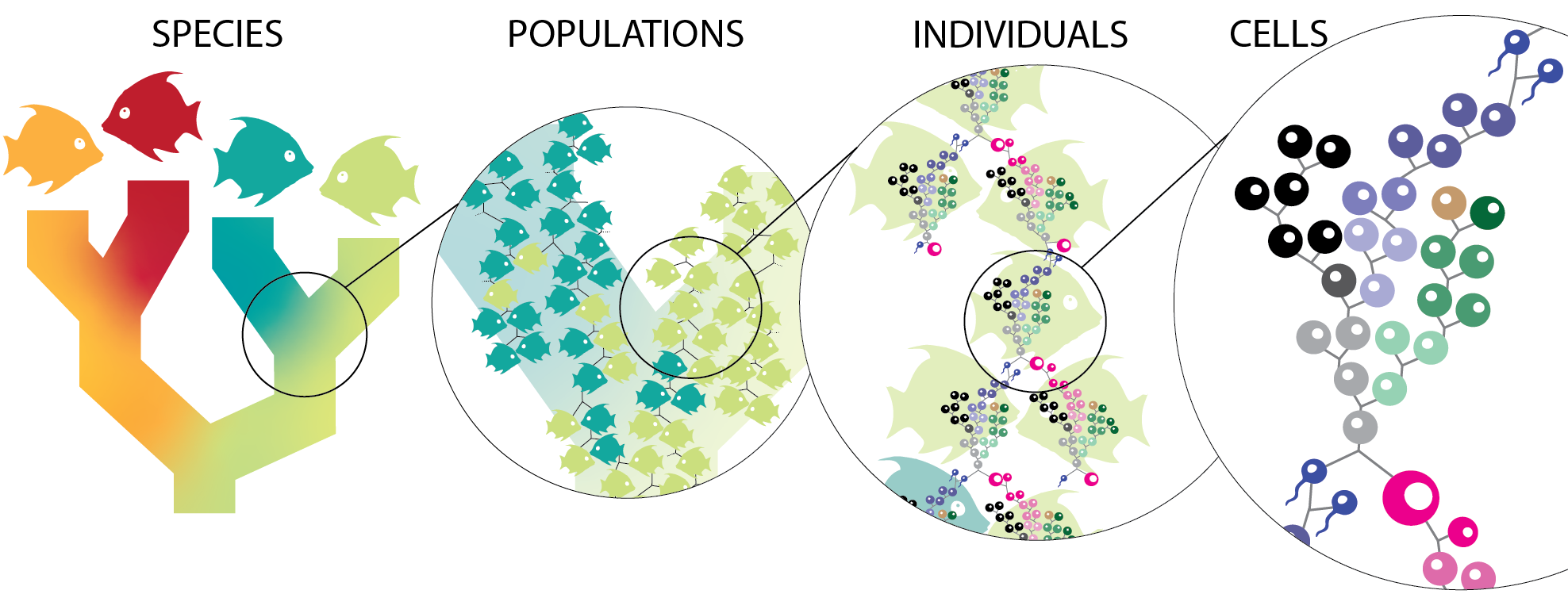 The cellular tree of life.
The cellular tree of life.
Life-history evolution and insect eggs
Life-history theory describes how traits like size, shape, and reproductive features are related across organsims and over evolutionary time. I study how developmental biology can modulate these trait relationships.
In my PhD work, I curated a dataset of 10,000+ insect reproductive traits like egg size and shape, by digitizing records from the literature. Our team used this dataset to ask questions like:
- Which insects lay the biggest and smallest eggs?
- How is egg size related to the development of the embryo inside?
- What can the vast range of egg shapes and sizes tell us about the evolutionary process?
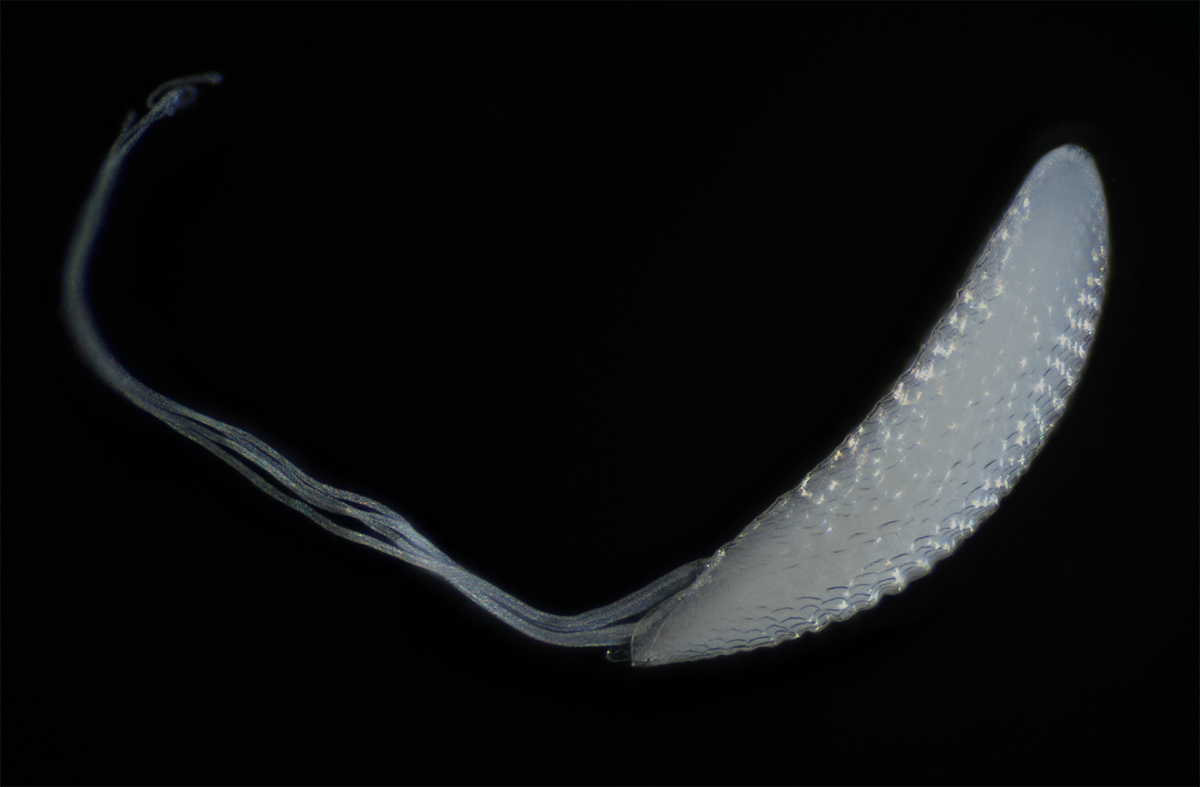 Egg of the Hawaiian fly Drosophila picticornis
Egg of the Hawaiian fly Drosophila picticornis
Our work was published in the journal Nature. For a deep dive on insect egg shape and size, check out our custom data visualization
I also study the organ that makes insect eggs: the insect ovary. Our recent publication in Proceedings of the Royal Society B found that ovary development has a big impact on patterns in ovary structure variation across species.
Phylogenetic software and methods
Phylogenies are hypotheses about the relationships between organisms. Working with Casey Dunn and Joe Ryan, we wrote software to statistically compare phylogenies.
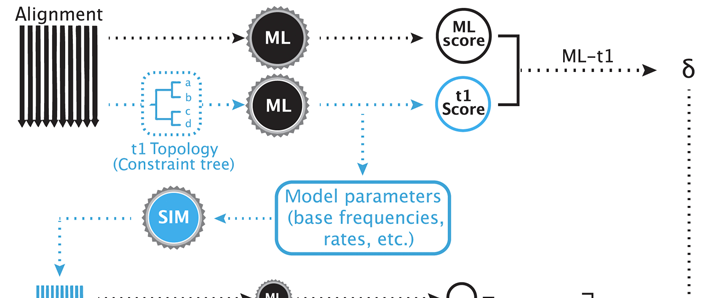
We call our software sowhat, feel free to check it out, and reach out if you need any help using it.
This software has been deployed by many researchers, including myself in work on the evolutionary history of invertebrate lineages (e.g. Cnidaria, Siphonophora).
Free Adult Education
I am a dedicated educator, and have experience both in the university classroom, and as a volunteer educator to adults in my community.

I currently teach English to adults in New Haven, Connecticut, and previously ran the Boston-Cambridge English program for adults. These classes primarily serve Portuguese and Spanish speaking adults at all English proficiency levels.
Boston-Cambridge English Class
Publications
My Google Scholar profile has a list of all publications.
Contact
email: samuelhchurch@gmail.com